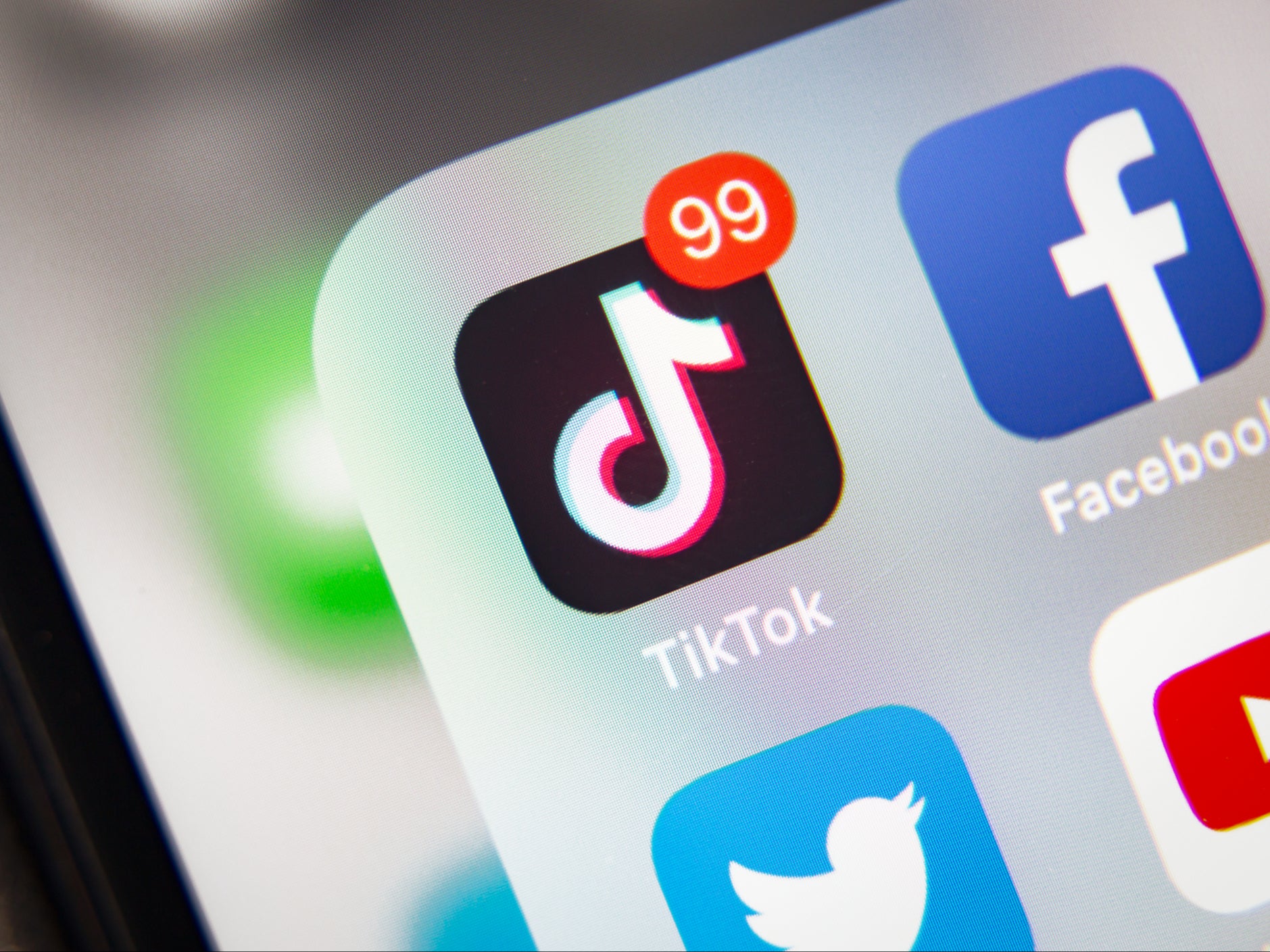“Incel” TikTok accounts are rebranding as “Sub5s” and using self-improvement language to avoid social media bans, a new study has found.
While the social media platform does not allow hateful material on its site, advocates of “incel” ideology are bypassing this rule by continuing to produce their content but via “socially palatable” terms, according to the paper.
Involuntary celibate, or incel, is the term used for a group of sexually embittered men who form their identities around their perceived inability to establish romantic connections with women.
Online communities of young men are drawing considerable concern, after they frequently associate themselves with views that are misogynistic or hostile to the opposite sex, and towards men that are sexually active.
One of the central tenets of the ideology is that society is organised around a look-based hierarchy. Therefore, usually misogynistic, pseudo-scientific theories about self-improvement and attractiveness are growing in popularity, as it is claimed they are promoted and “normalised” – including the belief there is an ideal form of masculinity and women are to blame for this.

Accounts on TikTok are reportedly pushing the concept of the PSL scale, the name of which is drawn from the first letters of three incel sites: PUAhate, Sluthate and Lookism.net. The scale claims men can be ranked according to their attractiveness from one to eight – from being “PSL gods” (very attractive men), to “Chads” (generally attractive men), to “Sub5s” (unattractive men).
A process called “looksmaxxing” is what men are pushed into believing will help them move up the scale, which can range from going to the gym to using a hammer to change the structure of the jaw.
It is by using the “Sub5” search term that social media users are managing to bypass bans, according to the paper by Anda Solea, a lecturer and researcher at the School of Criminology and Criminal Justice at the University of Portsmouth.
While an error message appears when searching for the term “incel” on TikTok, along with a content warning that state the phrase can be linked with hateful behaviour, a stream of material is offered up when a user searches for “Sub5” content.
Ms Solea and Dr Lisa Sugiura write: “We argue that facilitated by its rebranding through the frameworks of looksmaxxing and the PSL scale, misogynist incel ideology is being mainstreamed. These mechanisms reframe overtly toxic, misogynistic and extremist rhetoric into socially palatable discourses of self-improvement and biological and racial essentialism, enabling its diffusion into broader digital spaces.”
_n_S1_E3_00_25_31_20.jpeg)
Ms Solea said another prominent “incel” belief that is being pushed on social media is the claim that 80 per cent of women are attracted to 20 per cent of men, a theory that was referenced in the Netflix show Adolescence.
The recent TV drama has sparked a national conversation on “incel” culture, misogyny and the online “manosphere”.
Speaking of the five TikTok accounts advocating “incel” ideology that she analysed, Ms Solea said: “What they try to do is to attract wider audiences and also to be permitted on the platform and accepted by others through rebranding. So you’ll see Sub5s, you’ll see the PSL scale, and then also they are being less directly offensive and violent towards women.
“I’m just going to mention the Adolescence show because everybody’s talking about that: the 80:20 rule, where 80 per cent of women go for the 20 per cent of men. There are lots of these theories. You’re more likely to believe that women are bad when they show you that, rather than just saying: ‘Oh, women are such sluts,’ especially when those words and insults are not allowed on TikTok.”
The new paper has been submitted to a journal and is currently under review.
A TikTok spokesperson said: “Misogyny is strictly prohibited on TikTok and we take swift action to remove content that violates our policies. We continually refine our moderation using technology and expert insights, and 93 per cent of hateful content that was removed from our platform last quarter was removed before it was reported to us.”


